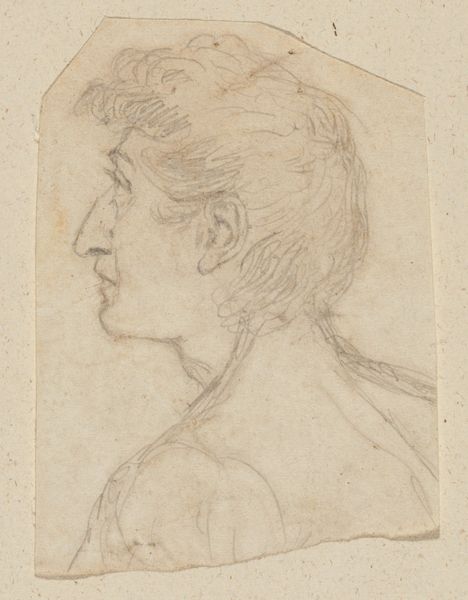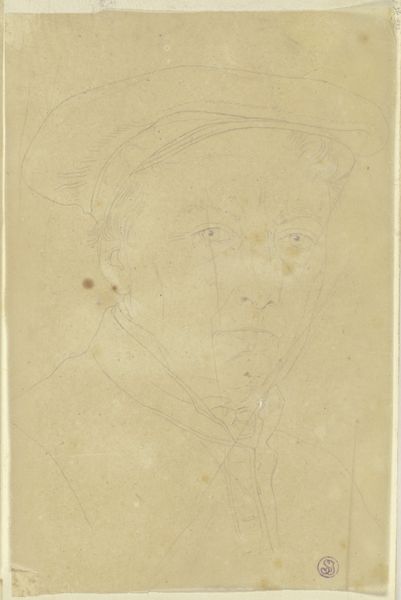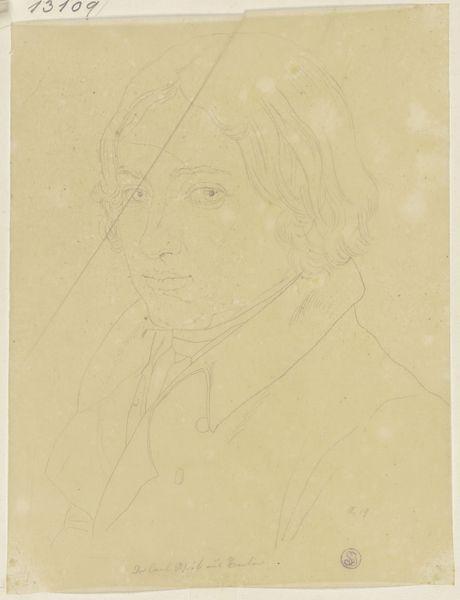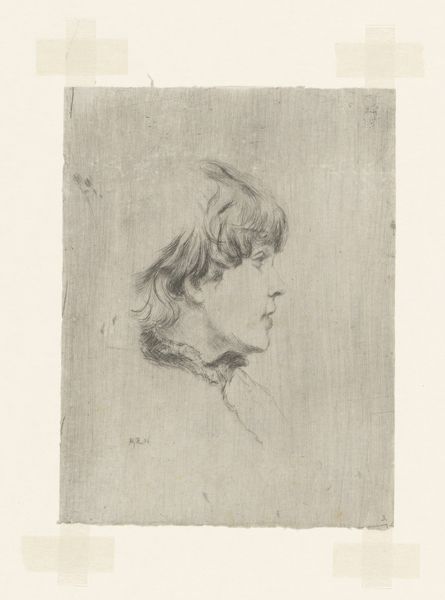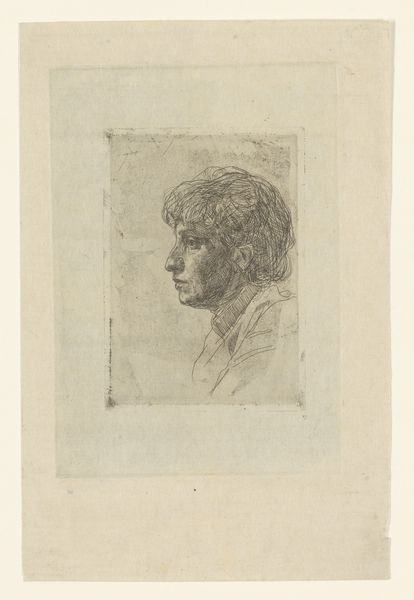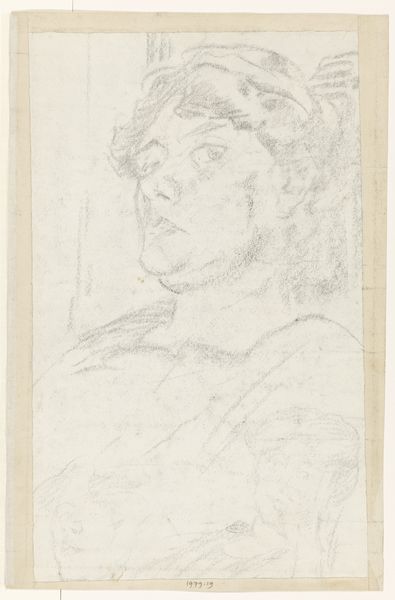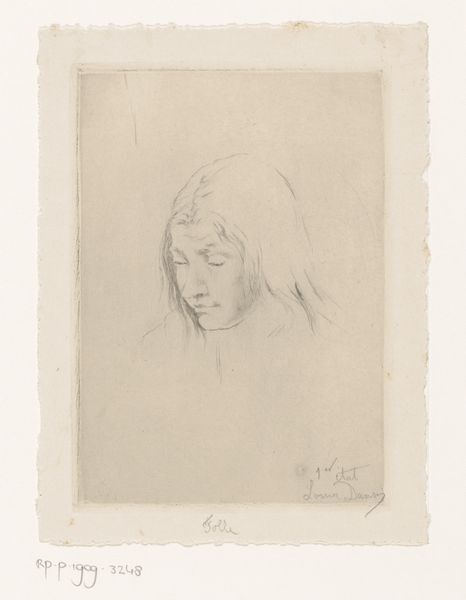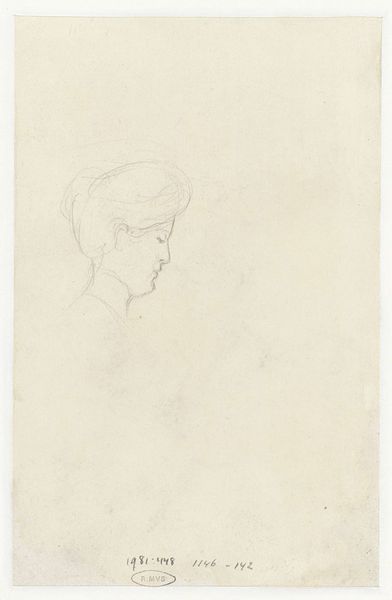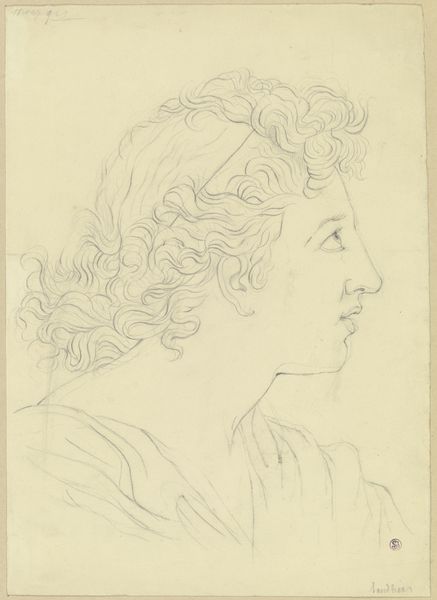
drawing, pencil
#
portrait
#
drawing
#
etching
#
romanticism
#
pencil
#
line
Copyright: Public Domain
Editor: This pencil drawing, "Portrait of painter Koch," created in 1818, feels incredibly delicate and intimate. The lines are so faint, almost like a whisper. What strikes you when you look at this work? Curator: The profile immediately calls to mind classical cameos and coins—a figure preserved in a timeless pose. What do you see in his face? Does it evoke anything specific? Editor: It seems pensive, perhaps even melancholy. The soft lines around the eye hint at a depth of feeling. I notice how little shading there is; the focus is really on the outline. Curator: Exactly. The linear quality is significant. Think of line as language. Here, the artist uses it almost like handwriting – fleeting, personal. Do you sense any particular symbolism within the seemingly simple portrayal? Editor: Maybe the starkness itself is symbolic? A rejection of the ornate in favour of raw emotion and intellect. Or the bareness implies a search for the sitter's very essence, maybe? Curator: An interesting observation. And perhaps the sitter's barest form reflects how artists were starting to examine self-expression, questioning their own purpose as more than simple craftspeople in the face of industrialization and profound social changes. The romantic hero. The artwork itself also becomes an intimate fragment of someone, surviving time to tell tales. Editor: It's amazing how a simple pencil sketch can hold so much depth, acting as a sort of time capsule! Curator: Indeed, seeing beyond the surface – understanding symbols as cultural echoes – unlocks so much richness in works like this.
Comments
No comments
Be the first to comment and join the conversation on the ultimate creative platform.
